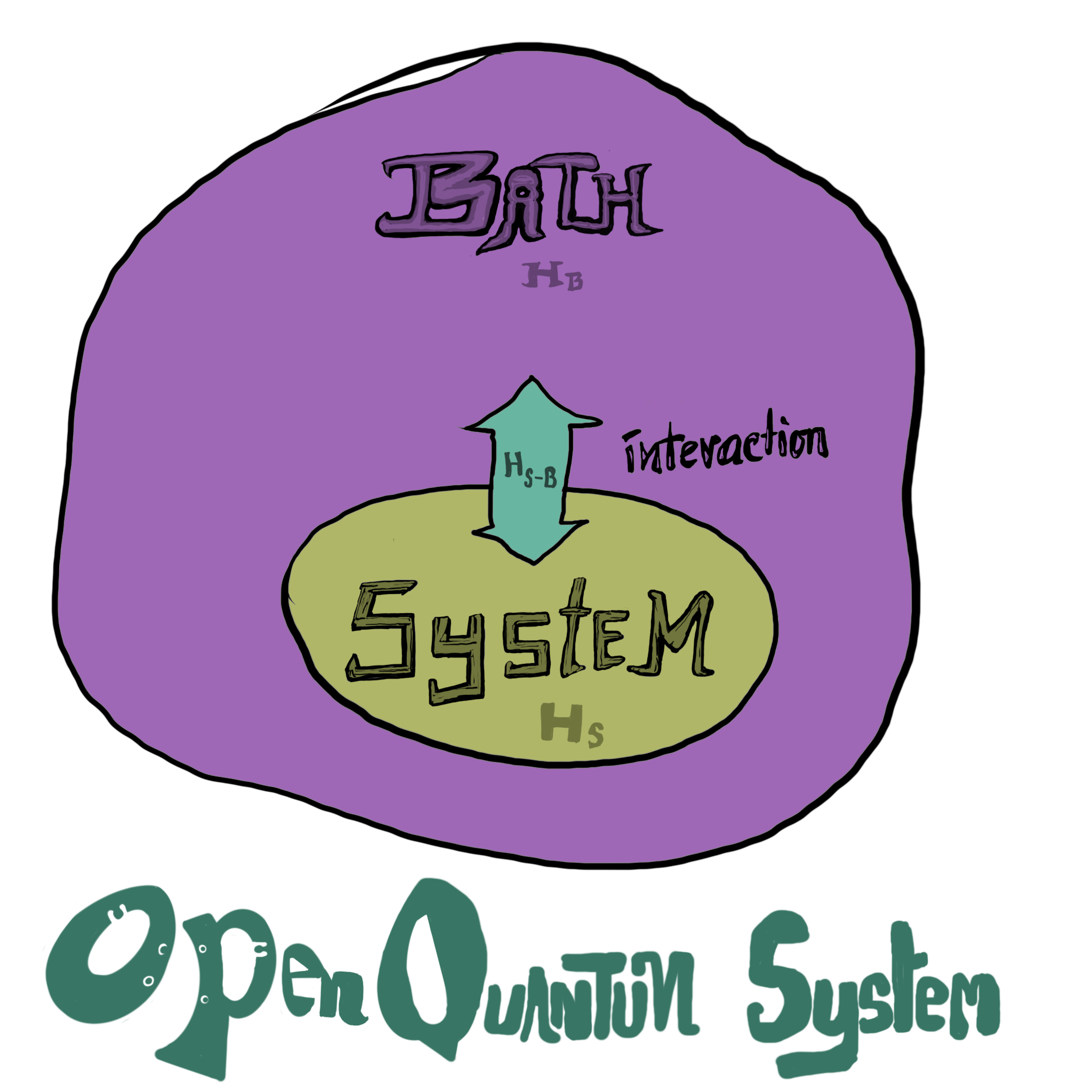My Research
Open Quantum Systems
Open Quantum Systems
The major theme of my work is to show how The theory of Open Quantum Systems provides a common umbrella to understand quantum optics, quantum information processing, quantum computing, quantum cryptography, non-Markovian phenomena, quantum thermodynamics, relativistic quantum mechanics, particle physics and the foundations of quantum mechanics. The theory of open quantum systems addresses the problems of damping and dephasing in quantum systems by its assertion that all real systems of interest are in fact ‘open’ systems, each surrounded by its environment. The recent upsurge of interest in the problem of open quantum systems is because of the spectacular progress in manipulation of quantum states of matter (atoms, or bosonic or fermionic gases or molecules), encoding, transmission and processing of quantum information, for all of which understanding and control of the environmental impact are essential.

Latest News / Updates
- Open Quantum Systems: Dynamics of Nonclassical Evolutions: Book on Open Quantum Systems by Springer & Hindustan Book Agency, ISBN 978-981-13-3182-4
- Quantum Correlations imply neutrino oscillations and vice versa. This is very timely as the 2015 Nobel Prize in Physics has been awarded for establishing neutrino mass.
- Use of open system ideas on sub-atomic systems leads to predictions that suggest a rethinking of the interpretation of important observables in particle physics and also suggests background effects which could be possible signatures of quantum gravity.
- Characterization of the Unru Channel, for a Dirac mode, by obtaining its Kraus representation.
- Introduced a method of quantum error correction based characterization of dynamics (QECCD) and also ambiguous stabilizer code (ASC), which can be useful for the characterization of quantum dynamics (CQD).
- Method to disambiguate different non-Markovian sources in a complex evolution developed.
- A new method developed to classify and quantify non-Markovian behaviour.
- To understand quantum chaos.
- Develop techniques to understand strong-coupling non-Markovian regimes in quantum thermodynamics.